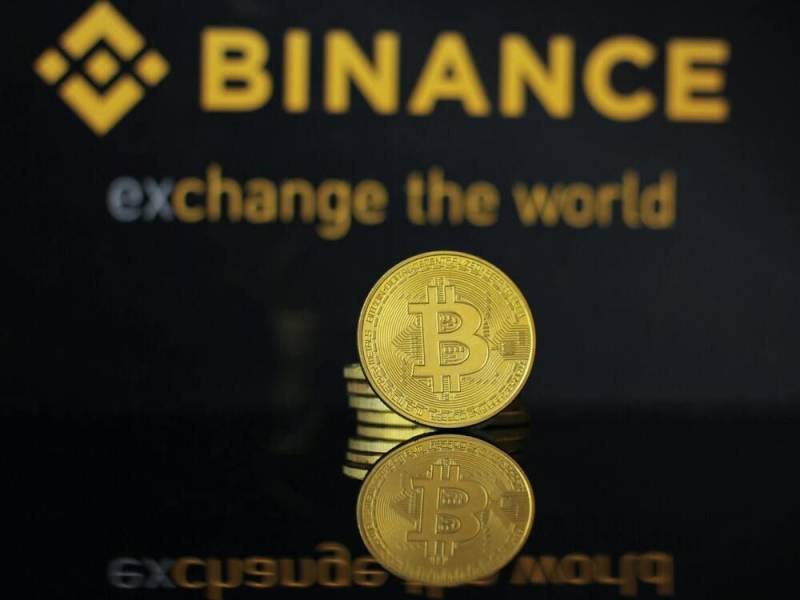 |
|
 |
|
 |
|
 |
|
 |
|
 |
|
 |
|
 |
|
 |
|
 |
|
 |
|
 |
|
 |
|
 |
|
 |
|
Cryptocurrency News Articles
In the world of crypto, new tokens often launch on decentralized exchanges with liquidity pools
Mar 11, 2025 at 02:39 am
This makes the topic highly relevant in 2025 – understanding whether you should pay for liquidity lockers and knowing the cheapest

In the decentralized world of crypto, new tokens often launch on exchanges like Uniswap or PancakeSwap with liquidity pools. These pools allow users to seamlessly swap tokens, and the more liquidity a pool has, the more stable the market for that token. However, to provide initial liquidity, a project’s developer must deposit an equal value of two tokens, and those funds are then locked in the LP tokens.
Usually, the project token is one part of the pair, and a major stablecoin (like WETH or USDT) is the other. These LP tokens can be redeemed at any time by the party who provided the liquidity.
But what if the developer suddenly pulls all the liquidity, leaving investors with worthless tokens? This practice, known as a rug pull, is a scam that sadly plagues the crypto space.
To combat this, locking liquidity has become a standard practice to new tokens and protect investors.
In essence, a liquidity locker is a smart contract that holds a project’s liquidity pool tokens (LP tokens) for a set period, ensuring those funds can’t be removed prematurely. When a developer provides liquidity to, say, Uniswap or PancakeSwap, they receive LP tokens which allow them to withdraw that liquidity at any time. A liquidity locker contract takes custody of those LP tokens, effectively revoking the developer’s ability to withdraw the liquidity until the lock expires.
This mechanism is crucial for preventing rug pulls. With the LP tokens locked, the project owners cannot suddenly drain the pool and disappear with the funds. At the same time, by removing the threat of an instant liquidity withdrawal, lockers ensure that users’ funds in the pool remain safe and available for trading, which helps maintain a stable market for the token.
Additionally, liquidity lockers increase investor trust. Seeing that a majority of a project’s liquidity is time-locked gives investors confidence that the team isn’t just looking for a quick cash grab. It shows commitment: if liquidity is locked for months or years, the developers are signaling they plan to stick around. This assurance can make investors more comfortable investing larger amounts, knowing the token’s liquidity won’t vanish overnight.
In short, using a reputable liquidity locker is a best practice for new crypto tokens to build credibility and meet the expectations of the crypto community in 2025.
Alternatives to Liquidity Lockers
When launching a token, you have a few approaches regarding liquidity – but not all are wise. Here are the main alternatives and why a trusted liquidity locker is the recommended route:
1. No Liquidity Lock: Some projects might skip locking liquidity entirely, hoping to get away with a blatant rug pull. Sadly, in 2023 this still happens with new tokens, especially on smaller chains. However, investors are increasingly wary of projects that don’t lock liquidity. Most platforms that list new tokens also require them to provide proof of a liquidity lock.
2. Community Vote on Multi-Sig Wallet: A more decentralized approach is to have the community vote on who controls the multi-sig wallet holding the LP tokens. This is used by DAOs or projects with close community ties. But it adds complexity and can lead to governance disputes.
3. Third-Party Liquidity Locker Service: This is the standard practice in 2025. A neutral party’s smart contract holds the LP tokens and releases them when the lock time elapses. There are several locker services with varying fees, features, and chains of operation.
Of these options, using a trusted and reputable third-party liquidity locker is the best practice for several reasons:
- It provides maximum protection against rug pulls by preventing the developer from instantly pulling all liquidity.
- It signals long-term commitment to investors, showing that the project has staying power.
- It complies with the expectations of platforms listing the token and the broader crypto community.
- It's a simple and efficient way to ensure token stability and a stable market.
Choosing the Right Liquidity Locker in 2025
Not all liquidity locking services are equal. Choosing the right locker in 2025 means looking at a few key factors:
- Longevity and Reputation: In the crypto space, longevity is a strong indicator of trustworthiness. Platforms that have been around for years without incident have proven their smart contracts are secure. (The concept of third-party liquidity lockers began around 2020, and services that survived since then earned community trust.) For example, Mudra Locker launched in mid-2021 and by late 2023 had already facilitated over 100,000 liquidity locks for 1,000+ projects—a testament to its reliability. A long track record with many locks and no major hacks or exploits is a good sign the locker is safe to use. When evaluating options,
Disclaimer:info@kdj.com
The information provided is not trading advice. kdj.com does not assume any responsibility for any investments made based on the information provided in this article. Cryptocurrencies are highly volatile and it is highly recommended that you invest with caution after thorough research!
If you believe that the content used on this website infringes your copyright, please contact us immediately (info@kdj.com) and we will delete it promptly.

















![🐢Super Mario World Koopa Troopa 100% 96⭐️ + Coin [Ao Vivo] 🐢Super Mario World Koopa Troopa 100% 96⭐️ + Coin [Ao Vivo]](/uploads/2025/04/10/cryptocurrencies-news/videos/super-mario-koopa-troopa-coin-ao-vivo/image-1.webp)










































